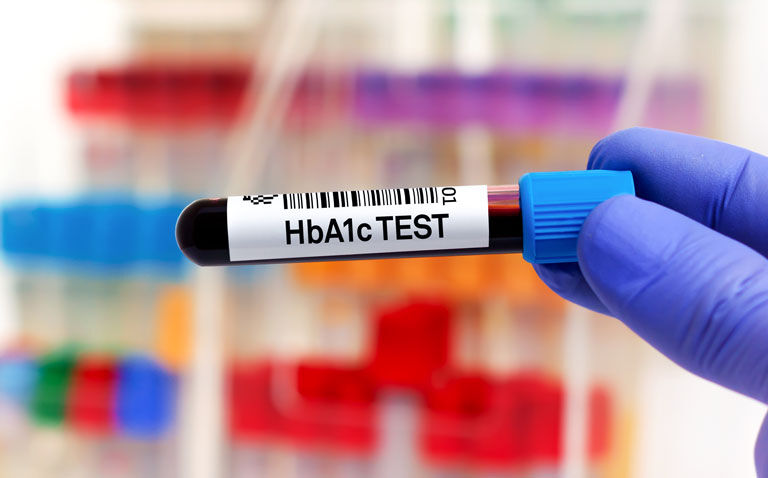HbA1c levels in type 2 diabetics remaining above 9% for extended periods of time poses a risk of developing dementia
Type 2 diabetes increases the risk for developing dementia. Both elevated HbA1c levels and diabetic complications also linked to an increased dementia risk. Moreover, intensive glycaemic control does not seem to reduce cognitive decline. But how long-term glycaemic control affects the risk of dementia is uncertain and was the subject of the current study.
Using a large US healthcare database, researchers looked at type 2 diabetics older than 50 with HbA1c levels recorded over time. Researchers categorised HbA1c measurements as < 6%; 6% to < 7%; 7% to < 8%, 8% to < 9%, 9% to < 10% and 10% or more. They also identified those diagnosed with dementia during follow-up.
HbA1c levels and development of dementia
There were 253,211 eligible participants with a mean age of 61.5 years. The participants were followed for a mean of 5.9 years. During this time, participants with the majority (i.e., > 50%) of HbA1c measurements between 9 and 10%, had an increased the risk of dementia (hazard ratio, HR = 1.31, 95% CI 1.15 – 1.51). Similarly, with most measurements of 10% or above, the risk was also significantly higher (HR = 1.74, 95% CI 1.62 – 1.86).
In contrast, among participants with more than 50% of HbA1c measurements that were less than 6%, the dementia risk was lower (HR = 0.92, 95% CI 0.88 – 0.97). This also held true for HbA1c levels of 6 to 7% and between 7 and 8%. Thus in type 2 diabetics, keeping cumulative HbA1c levels below 8% was associated with a lower risk for developing dementia. The researchers called for further research to determine if these associations were causal.
Citation
Moran C et al. Glycemic Control Over Multiple Decades and Dementia Risk in People With Type 2 Diabetes. JAMA Neurol 2023










